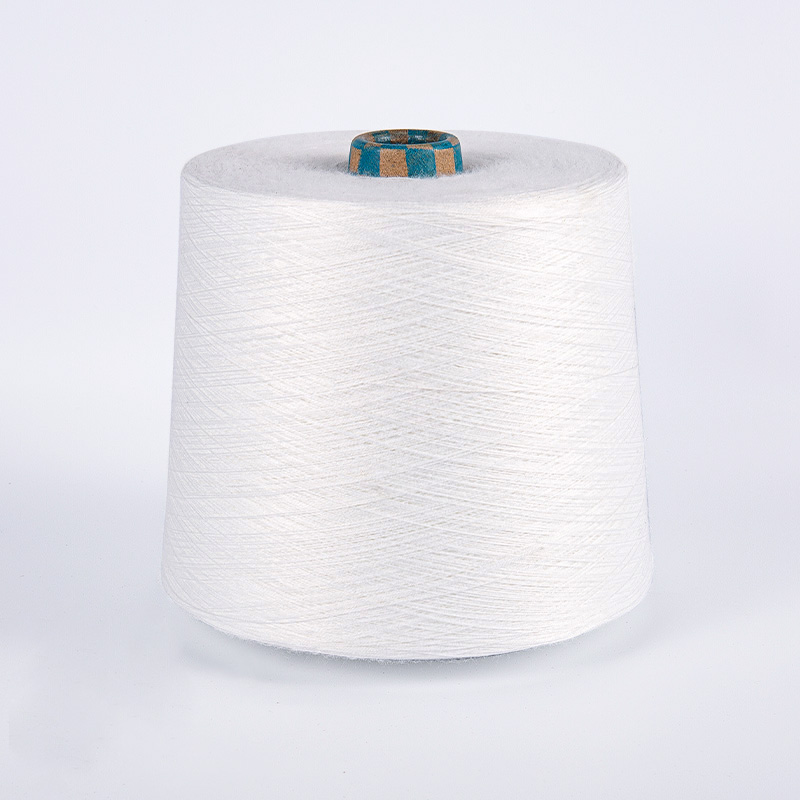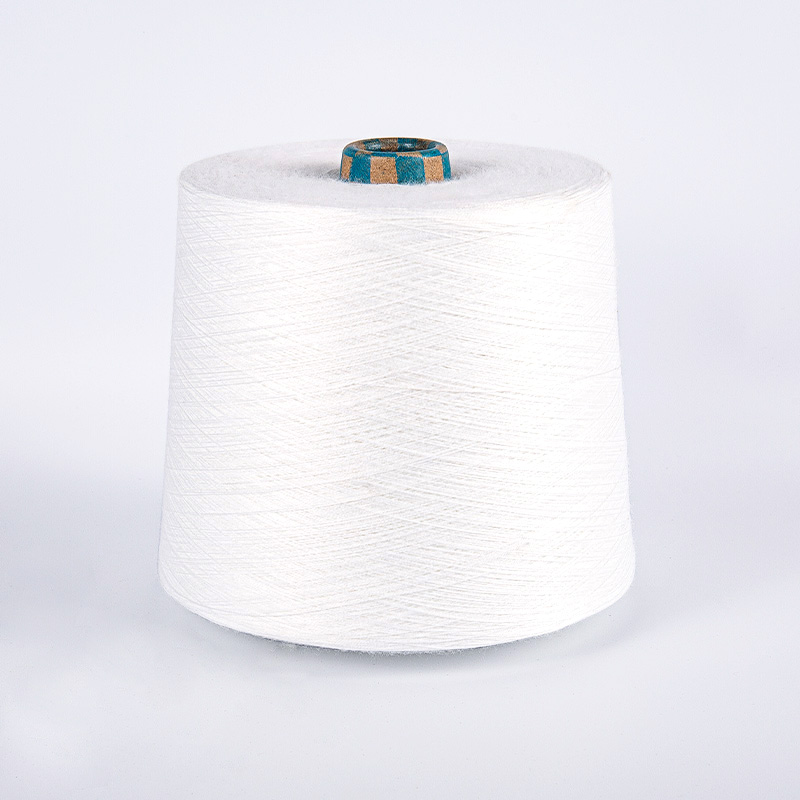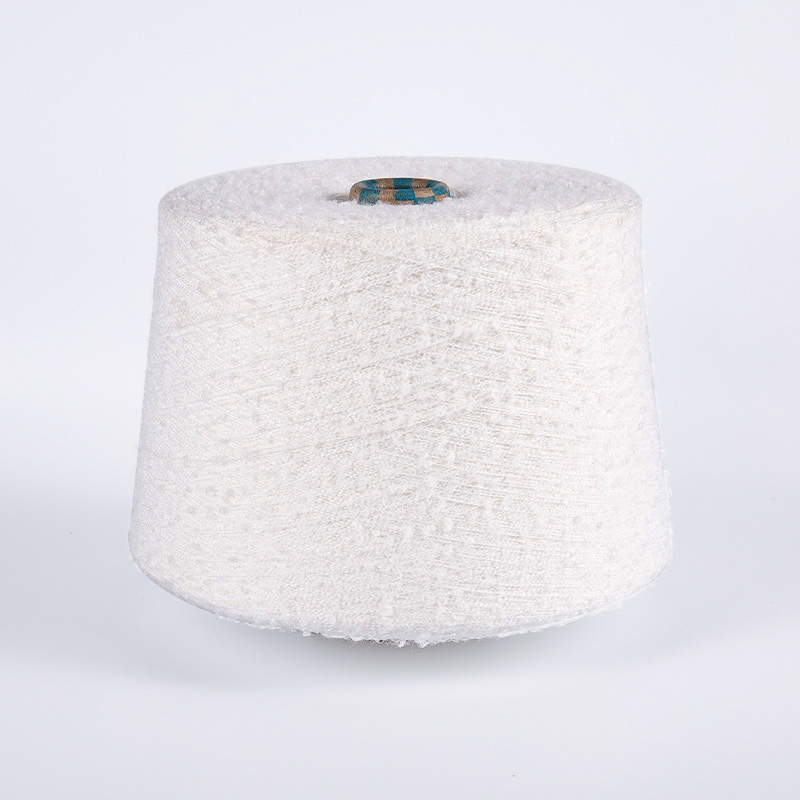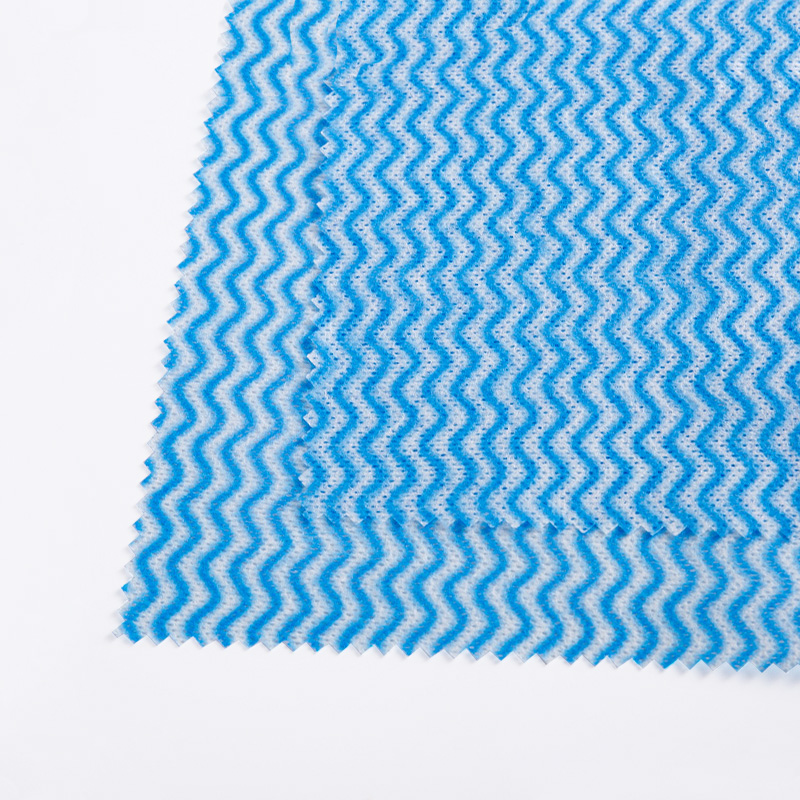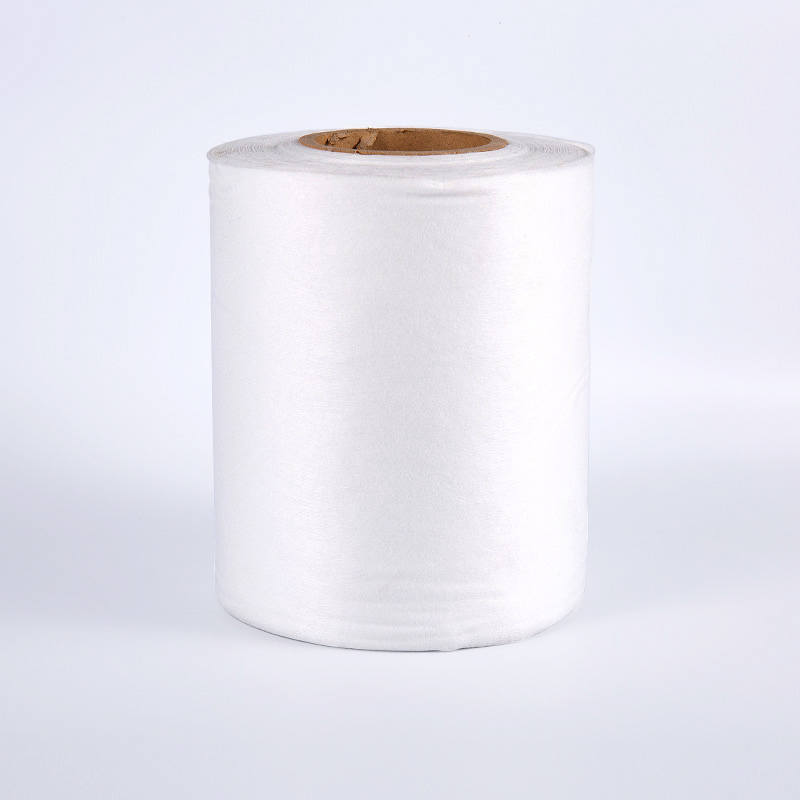
Sized Non-woven Fabric: Key Processes and Innovative Applications in New Textile Materials
Posted by Admin | 01 Oct
In the modern textile industry, non-woven fabrics, as high-performance functional materials, are continuously expanding their application areas. Sized non-woven fabrics, as a key technical step in enhancing the performance and quality of non-woven fabrics, are gaining industry attention. Sizing technology not only improves the physical properties and appearance of non-woven fabrics but also opens up new avenues for their application in medical, filtration, packaging, home furnishings, and apparel interlinings.
Definition and Technical Principles of Sized Non-woven Fabric
Sized non-woven fabrics are made by applying a specific sizing agent evenly to the fiber surface during the non-woven fabric production process, either physically or chemically, to enhance the fabric's strength, stiffness, abrasion resistance, and stability. The sizing agent typically consists of a polymer compound, adhesive, softener, and water-repellent. After sizing, drying, and setting, the non-woven fabric maintains its softness while also achieving improved mechanical properties and functional properties.
The principle of this process lies in the interaction between the sizing agent and the fiber molecules. Sizing forms a stable film structure on the fiber surface through mechanisms such as penetration, coating, or cross-linking, strengthening the bonding between fibers and thus improving the structural density and surface smoothness of nonwoven fabrics. This treatment method enables sized nonwovens to perform better in subsequent processing steps such as printing, dyeing, laminating, and coating.

The Key Role of Sizing Technology in Nonwovens
Sizing plays an irreplaceable role in the nonwoven production chain. It significantly improves the strength and abrasion resistance of nonwovens, ensuring they maintain a stable structure despite tension, friction, and heat and humidity. Sizing effectively enhances the feel of nonwovens, making them smoother and crisper, meeting the high demands for tactile quality and appearance in applications such as clothing interlinings and packaging materials.
Sizing also improves dyeing uniformity and prevents pilling. For functional nonwovens, the functional components in the sizing impart water-repellent, oil-repellent, antistatic, and flame-retardant properties, thereby enhancing their performance and stability in various applications. Therefore, sizing is not only a physical strengthening method but also a key technological path for achieving functionalization and differentiation in nonwoven fabrics.
Production Process and Control Key Points for Sized Nonwoven Fabrics
The production of sized nonwoven fabrics typically includes sizing preparation, sizing treatment, drying and curing, and finishing. The sizing composition and concentration directly impact the sizing effect and final product performance. Therefore, precise proportioning is required in actual production based on fiber type, application requirements, and production conditions.
Sizing methods include padding, spraying, and knife coating, each with varying performance in terms of sizing penetration depth, uniformity, and fabric coverage. Controlling the temperature and time during the drying process is particularly critical. Excessively high temperatures can cause the sizing film to harden or fiber deformation, while insufficient temperatures can lead to incomplete sizing and impaired adhesion. To ensure product consistency, modern sized nonwoven production lines generally utilize automated control systems. These systems utilize tension monitoring, temperature and humidity control, and sizing recovery systems to achieve efficient, stable, and continuous production.
The Performance Advantages and Application Value of Sized Nonwovens
Sized nonwovens, with their exceptional mechanical strength, good stiffness, and excellent surface properties, are widely used in various fields. In the apparel industry, they are often used as interlinings, composite fabric substrates, or shaping materials, providing excellent support and shape retention for finished garments. In the healthcare sector, sizing enhances the protective and filtration properties of nonwovens, meeting the high standards of products such as medical masks and protective clothing.

In the industrial sector, sized nonwovens, with their excellent dimensional stability and chemical resistance, are a key choice for filter materials, automotive interior materials, and industrial wipes. Their excellent coating compatibility also allows them to be combined with a variety of functional coatings to achieve multiple functions such as antimicrobial, waterproof, and flame retardant properties. With growing environmental awareness, the use of water-based, environmentally friendly sizing agents has made sized nonwovens more competitive in green production and sustainable development.
Sized nonwovens not only extend the performance of traditional nonwovens but also symbolize technological advancements in the textile industry. Through scientific sizing formulations and precise sizing processes, it endows nonwovens with higher mechanical strength, better appearance quality, and richer functional properties. In the future textile market, sized nonwovens will surely occupy a more important position in the wave of functional materials and sustainable manufacturing due to their unique advantages.
+86-18058809000
+86-571 86218111



 English
English 中文简体
中文简体

